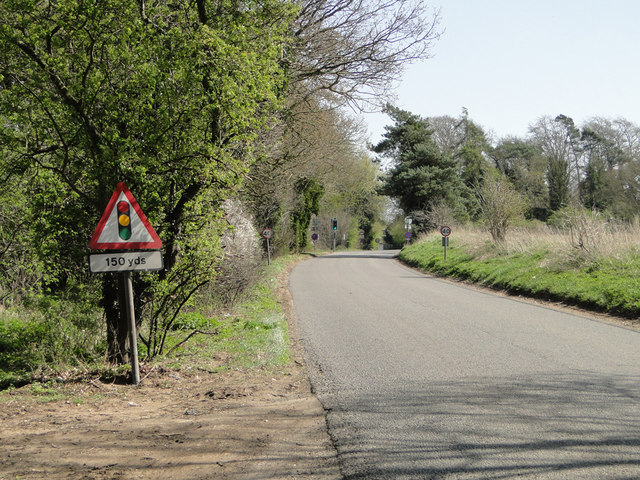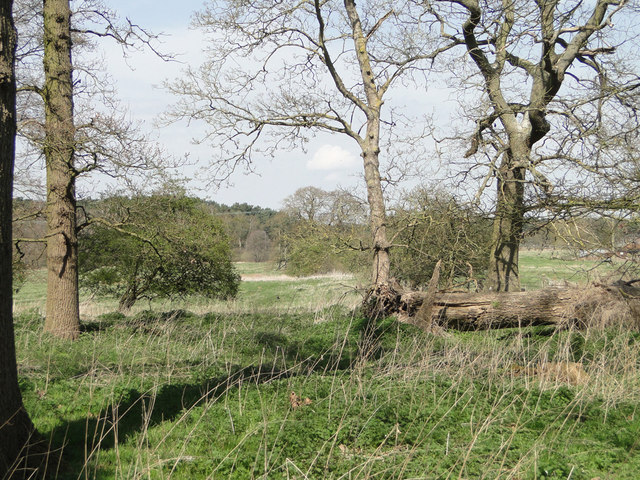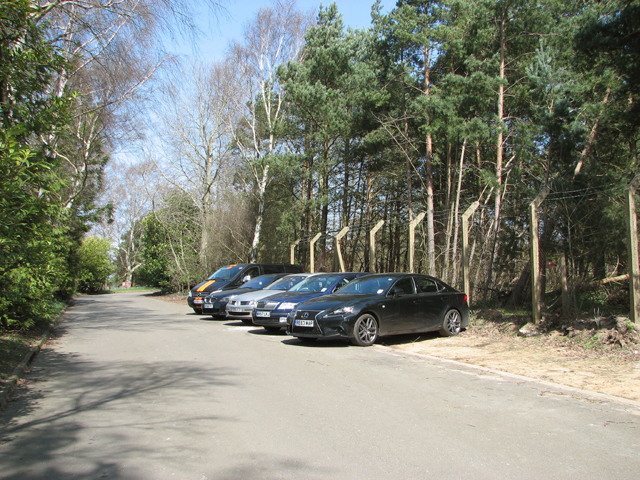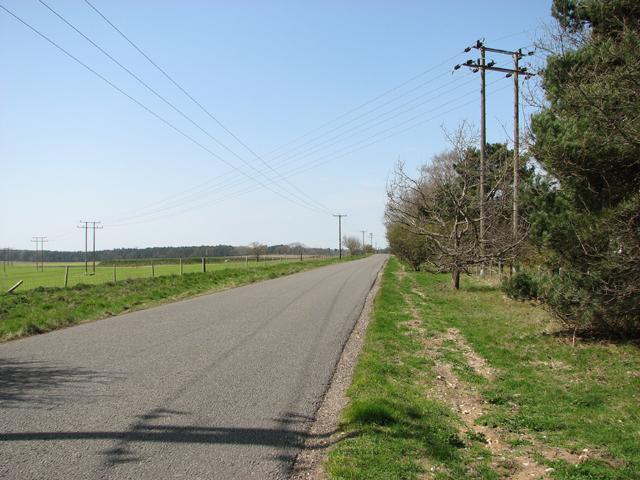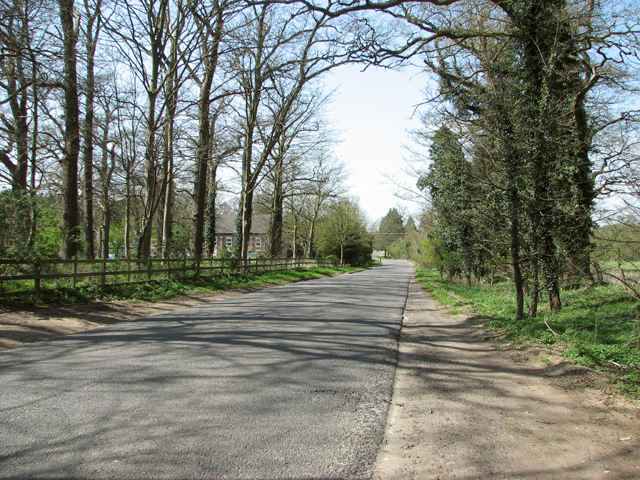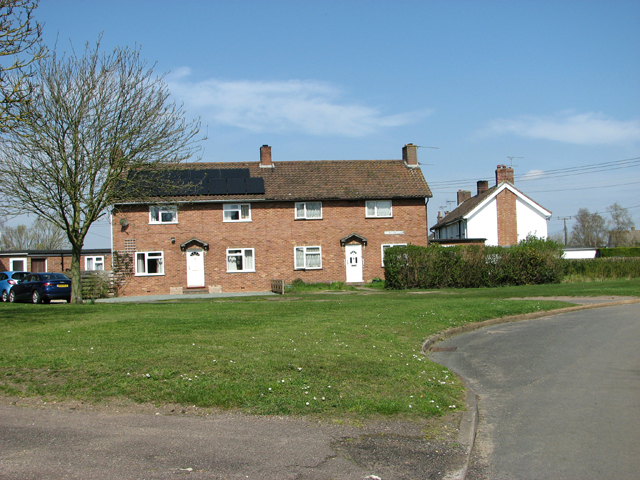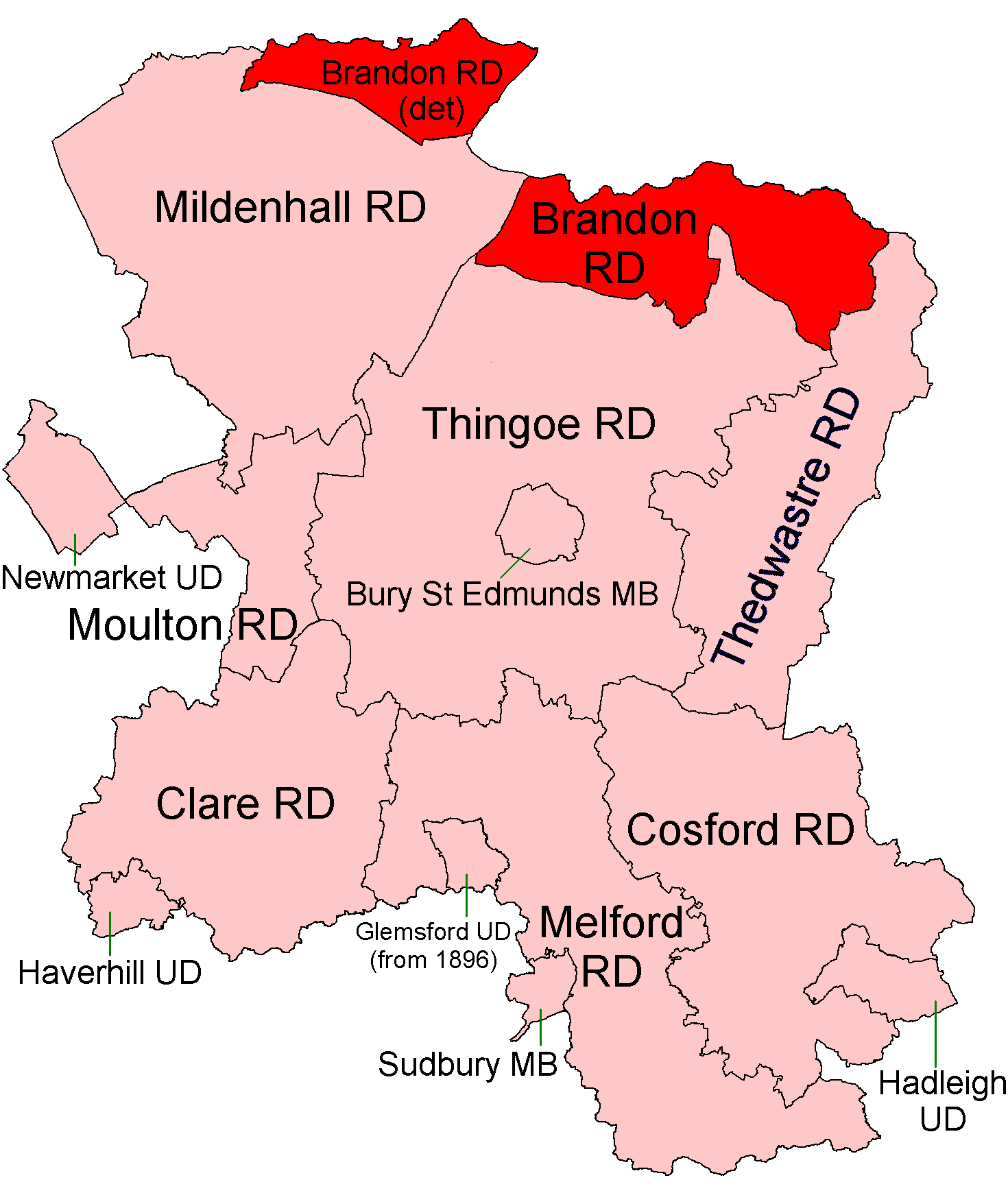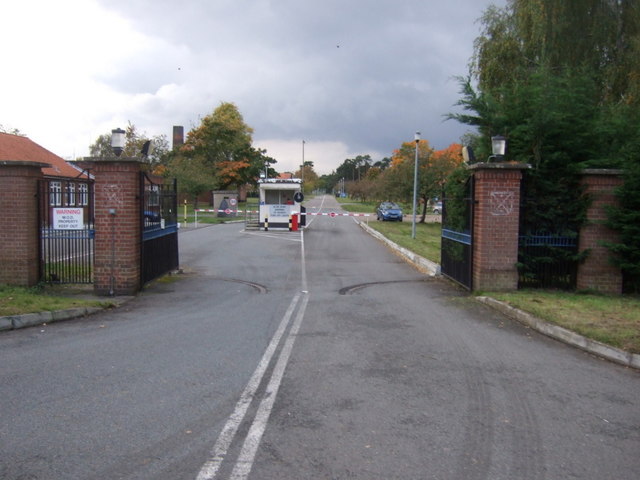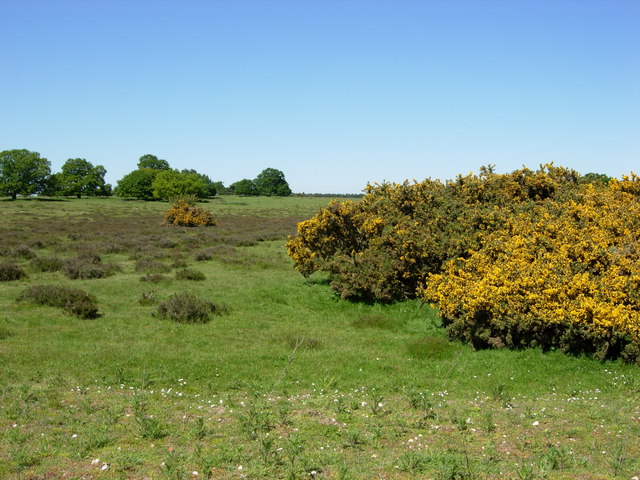Cranehill Spinney
Wood, Forest in Suffolk West Suffolk
England
Cranehill Spinney
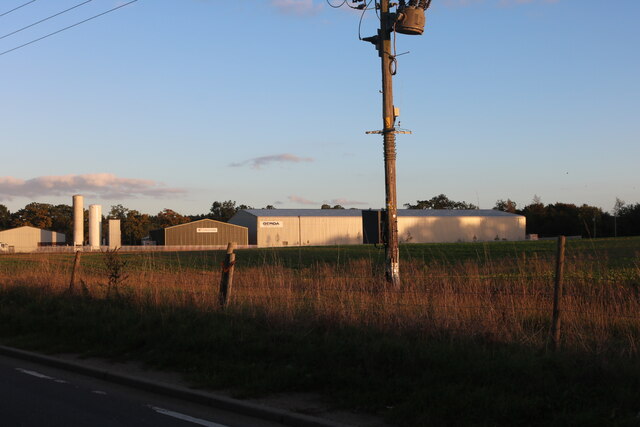
Cranehill Spinney is a charming woodland located in Suffolk, England. Situated near the village of Cranehill, this spinney offers a peaceful retreat for nature lovers and outdoor enthusiasts alike. The woodland covers an area of approximately 20 acres and is known for its diverse range of flora and fauna.
The spinney is predominantly composed of native tree species, including oak, beech, and birch, which create a dense canopy that provides shade and shelter throughout the year. Beneath the canopy, the forest floor is carpeted with a variety of wildflowers, such as bluebells and primroses, adding a burst of color to the landscape during springtime.
A network of well-maintained footpaths crisscrosses the spinney, allowing visitors to explore its beauty at their own pace. These paths wind through the trees, offering glimpses of sunlight filtering through the leaves and creating a magical atmosphere. Along the way, visitors may encounter a range of wildlife, including squirrels, rabbits, and a variety of bird species.
Cranehill Spinney is not only a haven for wildlife but also a popular destination for recreational activities. The woodland provides ample opportunities for walking, jogging, and birdwatching, making it a favorite spot for locals and tourists alike. Additionally, the spinney is equipped with picnic areas and benches, allowing visitors to relax and immerse themselves in the tranquil surroundings.
Overall, Cranehill Spinney is a true gem in the Suffolk countryside. Its natural beauty, diverse wildlife, and recreational amenities make it a must-visit destination for those seeking a peaceful woodland experience.
If you have any feedback on the listing, please let us know in the comments section below.
Cranehill Spinney Images
Images are sourced within 2km of 52.367683/0.7284977 or Grid Reference TL8577. Thanks to Geograph Open Source API. All images are credited.
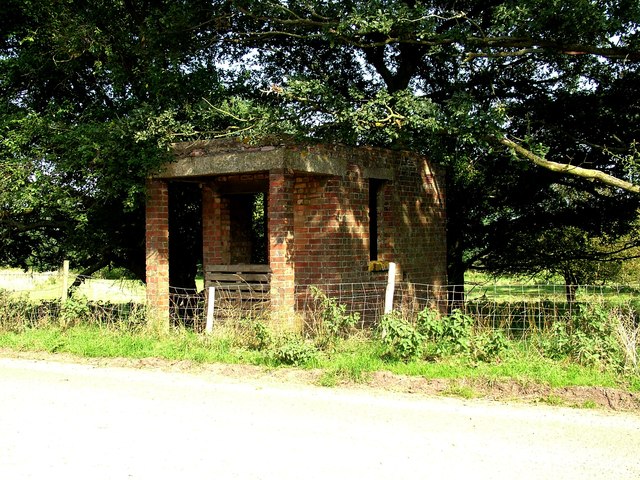
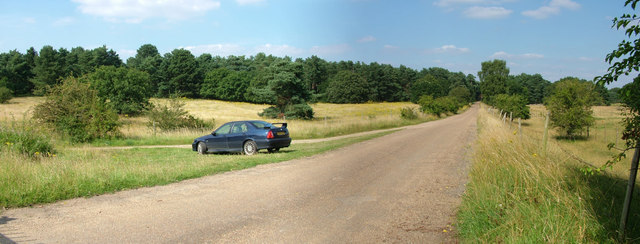
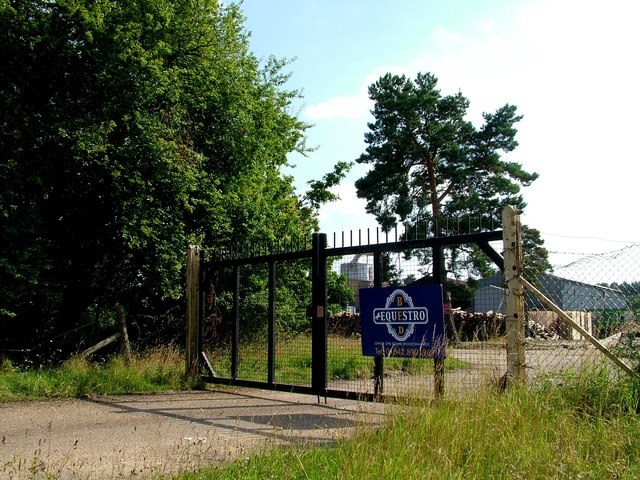
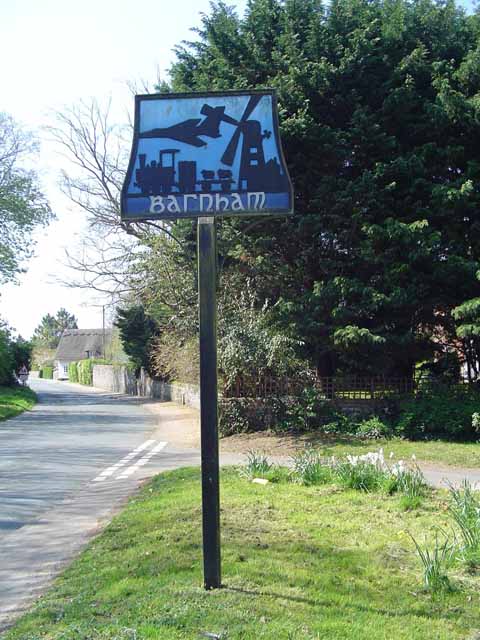
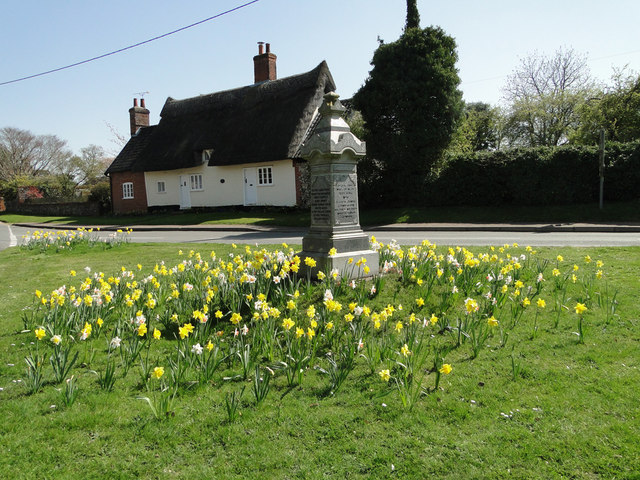
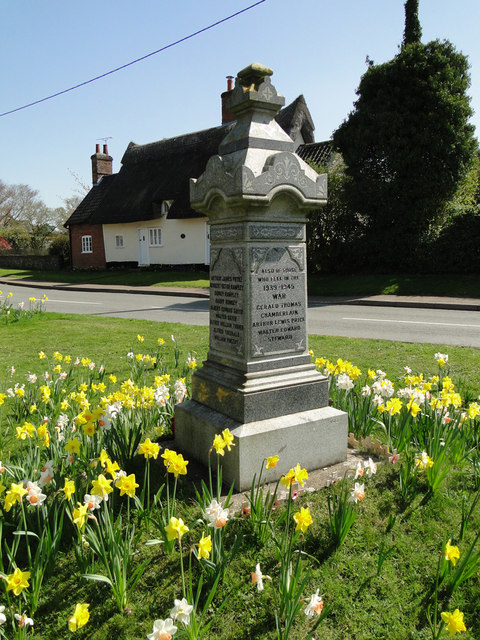
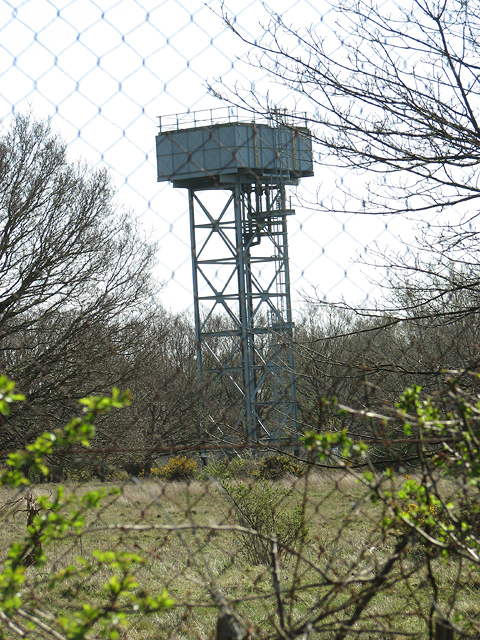
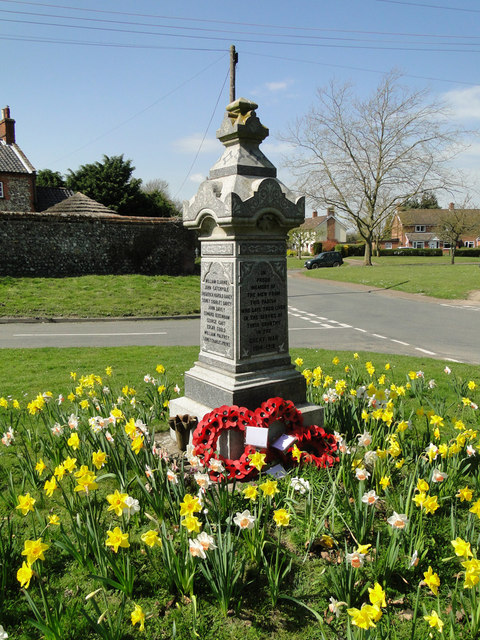

Cranehill Spinney is located at Grid Ref: TL8577 (Lat: 52.367683, Lng: 0.7284977)
Administrative County: Suffolk
District: West Suffolk
Police Authority: Suffolk
What 3 Words
///cried.vibrate.remainder. Near Thetford, Norfolk
Nearby Locations
Related Wikis
Little Heath, Barnham
Little Heath, Barnham lies south-west of Barnham, Suffolk. Much of the area is now a Site of Special Scientific Interest, which almost surrounds the former...
Barnham railway station (Suffolk)
Barnham railway station is a former station in Barnham, Suffolk on a now closed line between Thetford and Bury St Edmunds. It was located close to the...
Barnham Windmill, Suffolk
Barnham Mill is a tower mill at Barnham, Suffolk, England which has been converted to residential accommodation. == History == Barnham Mill was built for...
Brandon Rural District
Brandon was a rural district in Suffolk, England from 1894 to 1935. The district was created in 1894 as the Suffolk part of the Thetford rural sanitary...
Barnham, Suffolk
Barnham is a village and civil parish in the West Suffolk district of the English county of Suffolk about 3 miles (4.8 km) south of Thetford and 9 miles...
RAF Barnham
RAF Barnham (also called Barnham Camp) is a Royal Air Force station situated in the English county of Suffolk 2 miles (3.2 km) south of the Norfolk town...
Thetford Heaths
Thetford Heaths is a 270.6-hectare (669-acre) biological and geological Site of Special Scientific Interest in Suffolk. It is a Nature Conservation Review...
Barnham Heath
Barnham Heath is a 78.6-hectare (194-acre) biological Site of Special Scientific Interest near Barnham, a village south of Thetford in Suffolk. It is a...
Nearby Amenities
Located within 500m of 52.367683,0.7284977Have you been to Cranehill Spinney?
Leave your review of Cranehill Spinney below (or comments, questions and feedback).
